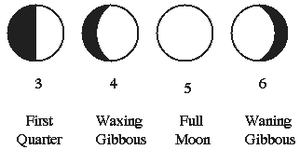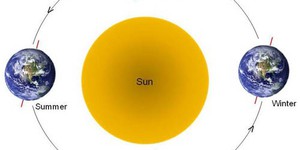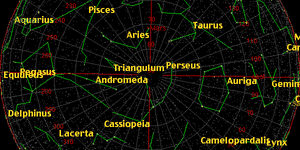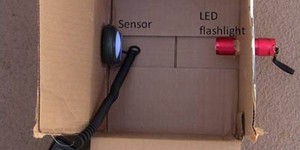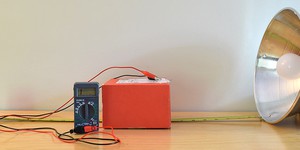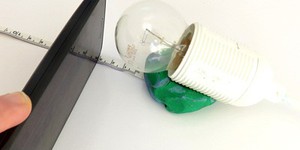Others Like “Measuring the Moon's Brightness” (top 20 results)
|
Everyone loves looking at the full moon, but are these nights the best time to go stargazing? Can the moon interfere with certain astronomical observations?
Read more
Do you live someplace where you get to experience the full glory of all four seasons? If so, you know well the heady blossoms and dramatic skies of spring; the long, sun-drenched days of summer; the trees shaking in crimson and gold in fall; and the sparkling, brittle snows of winter. But you might not know why we have these seasons, over and over again, in a cycle as predictable as the rising and setting of the Sun. The reasons for the seasons are surprising and have to do with Earth's tilt…
Read more
One of my favorite things to do when I was a kid was to go outside and look at the stars. As an adult, I moved to a major city and the stars seemed to vanish from the sky. Where did they go?
Read more
Do you like to look up into the night sky? There are so many stars, it can be mind boggling! Some ancient people marked time by the changes in star patterns. We still use changes in constellation patterns to mark astronomical time. Do constellations change more in one hour, one day, one month, or one year?
Read more
Let's suppose you can take advantage of the Internet and get a 'pen pal' located a 1000 miles away in another city. On the same night, and at EXACTLY the same time 'Universal Time', make a CAREFUL observation of where the Moon is located with respect to the background stars. You should be able to discern a slight (about 1/2 the Moon's diameter) shift in position due to parallax. Then, with a little geometry, you could estimate the distance of the Moon during the full lunar cycle (Odenwald,…
Read more
You can measure the diameter of the Sun (and Moon) with a pinhole and a ruler! All you need to know is some simple geometry and the average distance between the Earth and Sun (or Moon). An easy way to make a pinhole is to cut a square hole (2-3 cm across) in the center of a piece of cardboard. Carefully tape a piece of aluminum foil flat over the hole. Use a sharp pin or needle to poke a tiny hole in the center of the foil. Use the pinhole to project an image of the Sun onto a wall or piece…
Read more
Radiometers are fun-to-watch novelty items, but they also have a distinguished scientific history, having been studied by James Clerk Maxwell and Albert Einstein. A radiometer has a set of four vanes (like small sails) connected to a spindle that is free to rotate. When the radiometer is placed in bright light, the vanes and spindle start to spin. It looks like a magic trick, but there is a scientific explanation for this weird behavior. In this science fair project, you will experiment with…
Read more
What's your favorite thing to do on the hottest day of the year? Dip your toes in an icy river? Hang out by the pool? Retreat to a cool basement? Lie motionless in the shade? You're probably not too eager to move around and put out a lot of energy, like mowing the lawn in the mid-afternoon sun. Well, you're not the only one. In this electronics science fair project, you'll find out that some semiconductor devices, like light-emitting diodes (or LEDs), act the same way. As their internal…
Read more
How does the intensity of a light source change as you move away from it? This project describes a method to verify the inverse square law: how light, sound, electrical signals, and gravity each decrease with distance from their source. It does not matter if you are talking about a lightbulb or the sun; this law still applies!
Read more
Have you ever looked up at the stars at night and wondered how fast they were moving or how far away they were? By studying how the brightness of a star changes with distance, you can answer those questions. In this astronomy science project, you'll create a model of starlight and use a sensor app with your smartphone to discover the key relationship between brightness and distance.
Read more
|
Explore Our Science Videos
Test Your Foods for Starch
Candy Snap! Does freezing candy make it more brittle?
How Antibiotic Resistant Bacteria Take Over – STEM activity


